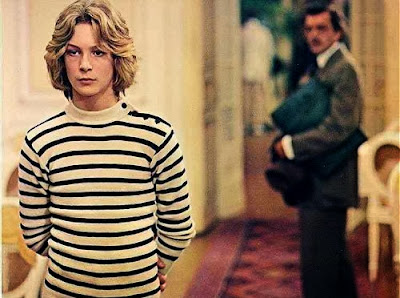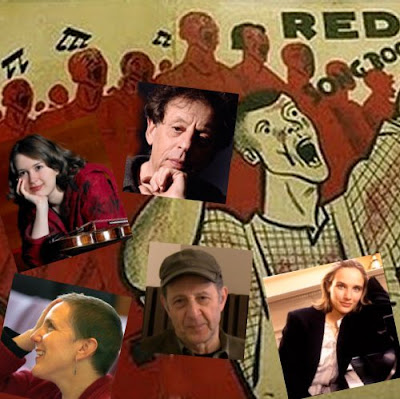We should be playing hard ball with public funding
Following their second defeat in two first round matches, England seems certain to be out of the 2014 soccer World Cup. In the 2010 tournament England was eliminated after being thrashed - the BBC's word not mine - in the second round by Germany. The official valuation of the England team is £550 million, the third most expensive team in the tournament. England manager Roy Hodgson is paid £3.5 million a year by the FA (Football Association), the second highest paid manager at the World Cup. The FA receives £28.4 million annual funding from Sport England for grassroots development of football. Sports England is, in turn, funded by the UK government and the National Lottery, organisations which are both important sources of arts funding. Cue next story on cuts in public funding for grassroots arts projects in England...
My wife took the photo in Agadir, Morocco, a country where football flourishes at grassroots level despite the lack of rock star salaries. Any other copyrighted material is included as "fair use", for critical analysis only, and will be removed at the request of copyright owner(s). Also on Facebook and Twitter.










Comments
Suggestions are made from time to time that the arts should receive no public funding whatsoever and should "stand on their own two feet" like other forms of "entertainment". Most people in favour of this approach seem to fall into one of two categories: "why should I pay for something I don't use" or "withdrawal of funding would actually benefit the arts".
I have a very small amount of sympathy for the last argument because it can free arts organisations from state interference but, at the end of the day, it is people who struggle to afford the tickets who would miss out. I was very grateful for the subsidy as a student many years ago. So far as the first argument is concerned, well that's absolutely fine so long as all forms of leisure, in the broadest sense, have to stand on their own two feet. No picking and choosing.
Which brings me back to football. The game has economies of scale that the arts can only dream of. According to Wikipedia, which is good enough for this purpose, our largest stadia have capacities in the region of 40,000 to 90,000, compared with an average of, say, 1600 to 2000 for a symphony sized concert hall (the RFH and RAH are larger). I don't want to get into a debate on amplification, but you don't need a calculator to appreciate that the performer/audience ratios and, as a consequence, the economics, are very different. And that's without taking TV broadcasts into account. Why can't football, or the Olympics for that matter, operate commercially on this sort of scale?
:-)
Keep well and salams,
b.